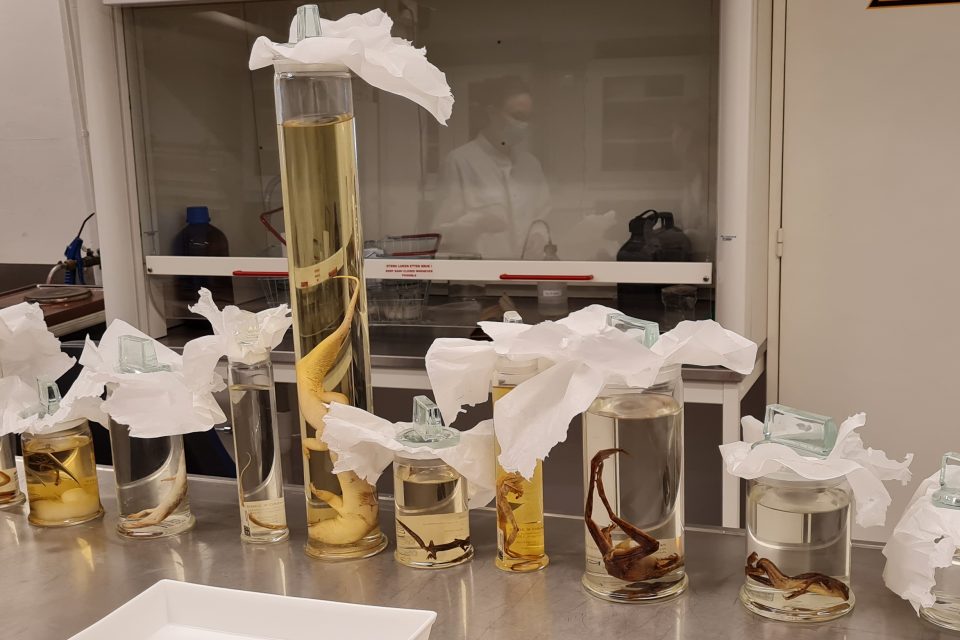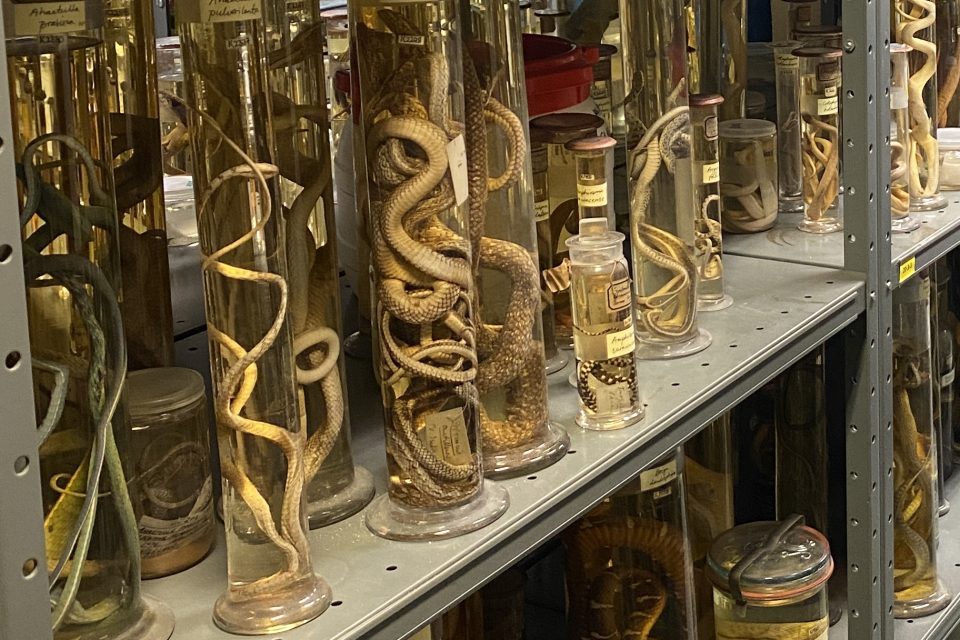
Sea ice reduction affects genetic differentiation of polar bears from Svalbard
Climate change affects essentially all ecosystems, and there is an intense discussion about the consequences of increasing temperatures. Loss of Arctic sea-ice is certainly among the most obvious consequences, and significant effects on ice-dependent species can be safely assumed. This includes most likely negative effects on polar bears […]








